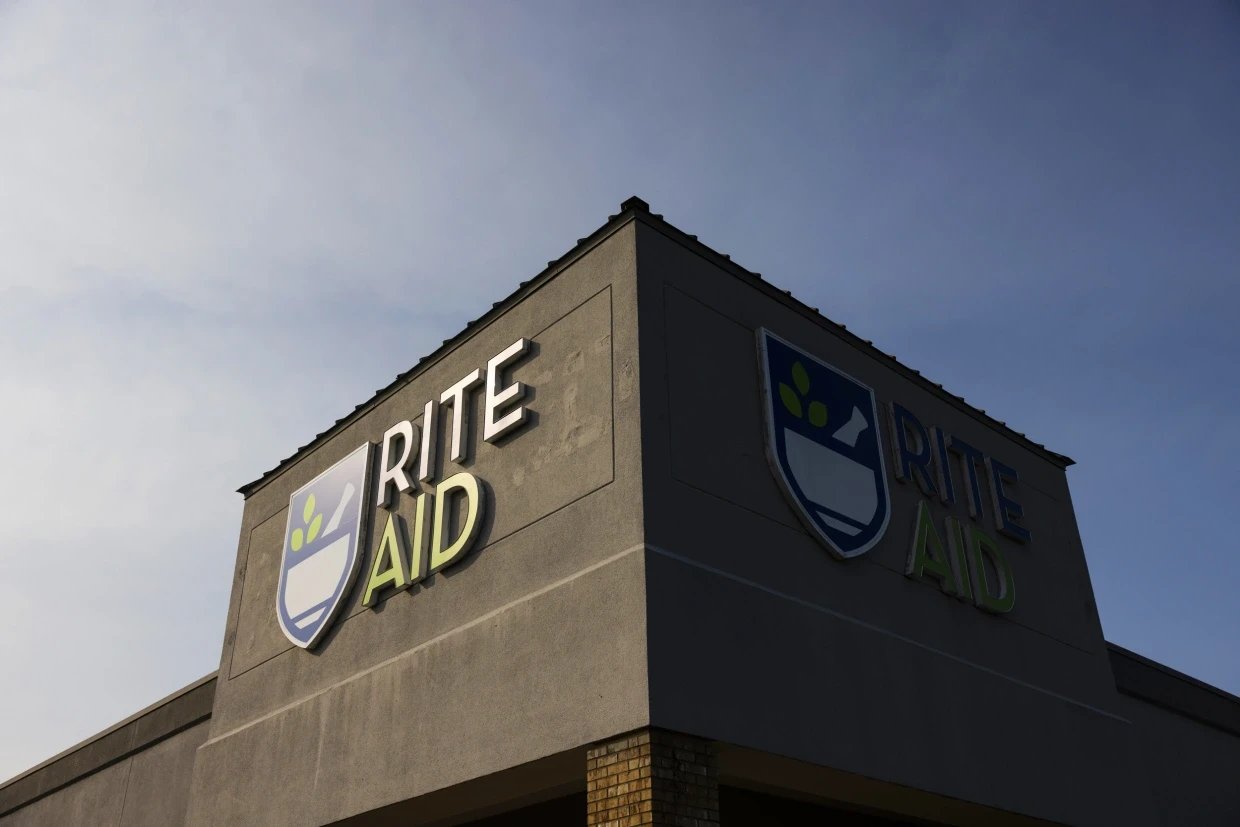Rite Aid's Chapter 11 Filing: The Impact of Retail in Commercial Real Estate Leasing
Rite Aid's Chapter 11 bankruptcy filing, propelled by escalating debts and opioid-related litigation, signals a make-or-break phase for the 60 year-old pharmacy.
Rite Aid rejecting 168 leases not only poses challenges for landlords but also serves as a reminder that strategic adaptability within the retail market is of chief importance. Rite Aid is seeking to streamline its operations and has outsourced some of the heavy lifting to legal advisors Kirkland & Ellis LLP and financial consultants Alvarez & Marsal. The sizable volume of space givebacks underscores the importance for the need of landlords to exercise increased scrutiny when evaluating potential tenants, even when would-be tenants have a lengthy track record with big name recognition.
Additionally, the seismic shift towards e-commerce, which was accelerated by the pandemic, has intensified competition and compelled traditional retailers like Rite Aid to reevaluate their physical presence. This bankruptcy filing by a legacy pharmacy serves as a stark reminder of the urgency for retail spaces to align with omni-channel strategies, emphasizing experiential retail, seamless online-offline integration, and community-focused initiatives.
Macro economic factors aren't helping the situation either, as rising inflation and supply chain disruptions have strained profit margins, prompting retailers to reassess operational costs.
Amidst Rite Aid's restructuring, landlords will have to face the urgent task of filling potential vacancies, requiring nimble negotiation and sharp marketing to attract new tenants quickly.
Original Publication Credit: Costar
Image Credit: NBC News




